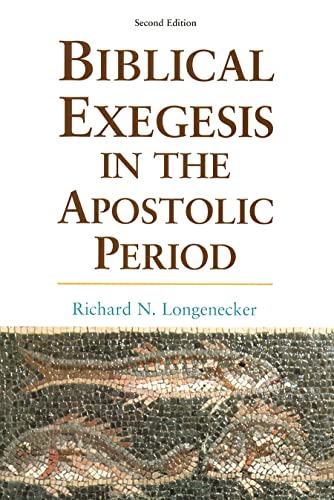The Formation of the Gospel according to Mark
Written by Etienne Trocmé Reviewed By Alan ColeThis is an excellent racy translation by Pamela Gaughan of the French original, which first appeared in 1963. Nevertheless, it is still valuable to have Professor Trocmé’s stimulating (and sometimes provoking) book available in English to a wider public. Even those who must reluctantly reject his major assumptions (for, pacethe good professor, they are only assumptions, and not proven facts), delivered with characteristic Gallic élan, will profit from many of his insights, especially from those that he would consider mere obiter dicta.
Briefly, Professor Trocmé believes that ‘Mark’ (whom he thinks may have been Philip the evangelist) was the first to hammer out the Gospel form, later adopted by others, and that this pioneering in part accounts for Mark’s rather uncouth style. Most thoughtful scholars would be prepared to agree that events and sayings preserved in the Gospels were preserved because they corresponded to felt needs within the church. Few, however, would agree with Trocmé that Mark is an ‘angry young man’, campaigning against certain Christian views of the day. He seeks Mark as writing a polemic against Jerusalem, the priesthood, and James: even Peter and the other apostles are, to Mark, in a dubious position. I cannot help feeling that this is too clever by half: why should not ‘Mark’ (whoever he was) have been as simple as Papias makes him out to be? His ‘uncouthness’ is quite another matter. The whole approach seems too sophisticated: when attacks are made in the early church, they are made roundly, as we can see from Paul’s broadsides at both ‘Jerusalem apostles’ and Judaizers. Trocmé’s position would lead us to an antithesis in the early church as extreme as that once postulated by the Tübingen school, and, alas, with as little solid evidence. ‘Definitely,’ ‘we must,’ ‘certainly’ and ‘obvious’ are words that appear frequently, but they are not arguments. It is hard to see how Mark is putting a particular ecclesiological point of view: it is even harder to see him as pressing a missionary call, as against other New Testament writers. It is fair enough to see in Mark a community of interests with Stephen in Acts: but Stephen’s interests are equally those of Paul, and the bulk of the literature in the New Testament. To see Mark, just because of this similarity, as identified with the Seven in a fight against Jerusalem (for which there is no evidence) is unwarranted: once any scholar has started down a track like this, it is a case of seeing King Charles’ head everywhere, as Dickens fans will appreciate.
Readers must ponder for themselves whether or not there was a first edition of Mark, consisting only of Mark 1–13 (without the passion narrative), and whether or not this was the version used by Luke in writing his Gospel. The argument is close and, as always, even to those unconvinced by the main drift, the incidental observations and insights are most valuable. That Cranfield and Taylor (whom Trocmé regards as preoccupied with historicity) are wrong in considering the passion narrative as central to the canonical Mark, the present reviewer cannot accept: but it is always helpful to study old problems again from a new perspective, no matter how bold this may be. Few scholars could agree that the Marcan passion narrative is built around an ecclesiastical ‘holy week’ celebration, part of an attempt to separate the Christian passover from the Jewish, the work of an anonymous ecclesiastic of the Roman community. The suggestion, however, of early rumblings of the quartodeciman controversy is interesting, particularly in view of contemporary attention to first-century Jewish and Christian calendars of various groups.
It is true that Trocmé’s conclusions bring the first edition of the Gospel closer to the time of Christ: it is however also true that his view of the author as ‘neither ordinary nor peacable’ robs the Gospel of any possible character as a biography. My considered opinion is that ‘Mark’ (whoever he may have been) was neither of these, but that he was humdrum, ordinary, typical of his church—and ‘ham-fisted’, as the early Fathers freely recognized. In all of this lies both his fascination and his theological value. Whether or not Luke first discovered and used Mark’s Gospel in Caesarea, during Paul’s imprisonment, is a fascinating question, even if we do not link this ‘discovery’ with a possible authorship of the Gospel by Philip the evangelist. This is a stimulating book that deserves reading and careful consideration.
Alan Cole
Alan Cole is Master of Robert Menzies College, Macquarie University, New South Wales, Australia.






